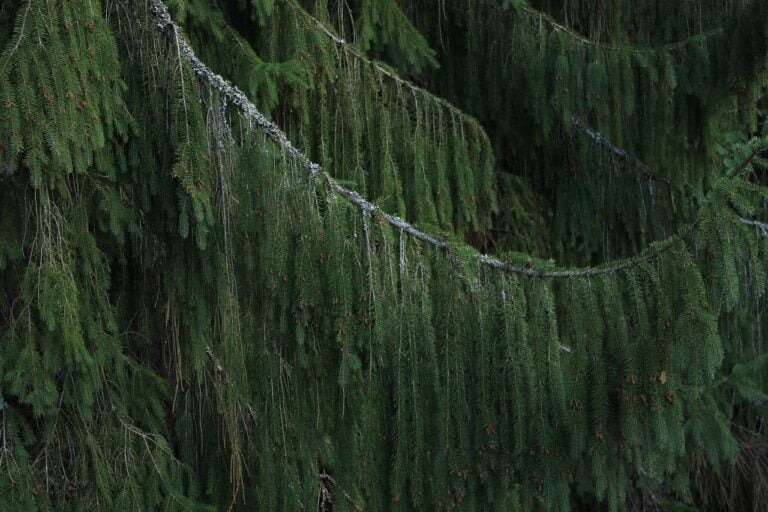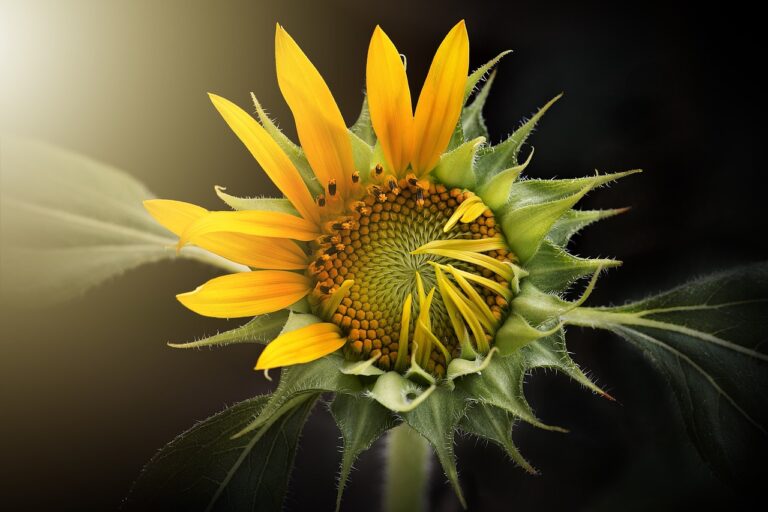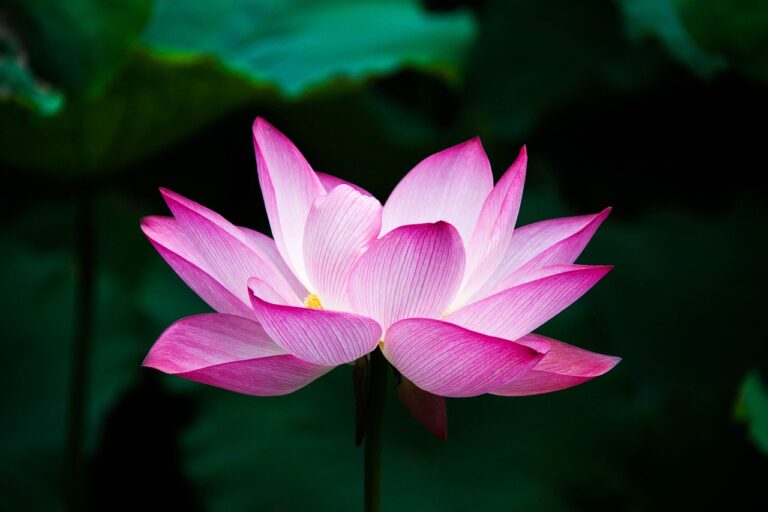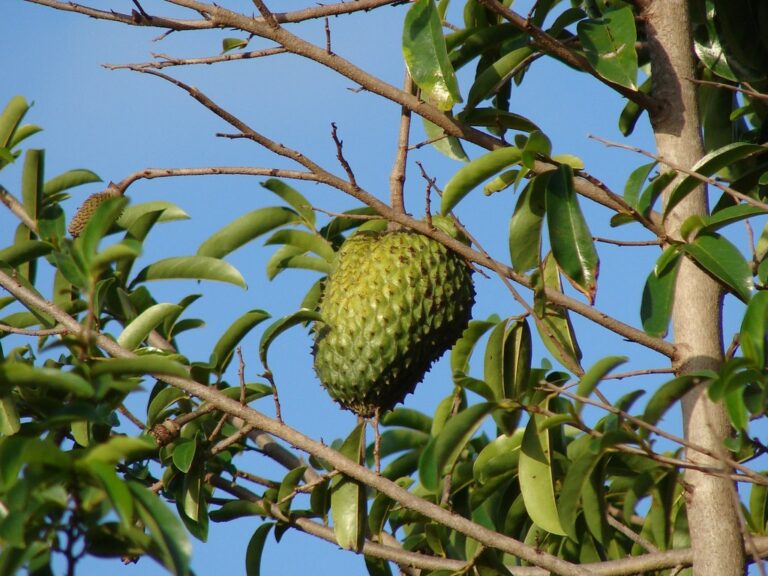Creating a Lush Garden With Shade-Loving Plants
Enter the captivating world of shade-loving plants and uncover how to nurture a lively garden oasis in the shadows. Immerse yourself in the boundless variety of hostas, from their vibrant colors to varied sizes. Investigate the beauty of Japanese Forest Grass and the delicate grace of Maidenhair Fern. Embrace the framework provided by Japanese Maple and Dogwood trees. Master the art of layering foliage for depth and creating striking focal points. Unearth the joys of mulching, watering, and pruning to keep your garden thriving. Discover the secrets to a lush and flourishing shade garden.
Selection of Shade-Loving Foliage Plants
When selecting shade-loving foliage plants, I immerse myself in the enchanting world of hostas, renowned for their dazzling array of leaf sizes and colors. Hostas are a staple in my garden, providing a lush and vibrant backdrop in shaded areas. These plants come in a wide range of sizes, from petite varieties with leaves as small as 1 inch to larger ones stretching up to 18 inches long. The colors of hosta leaves vary from rich greens to striking blues, with many cultivars boasting beautiful variegated patterns that add allure and interest to any garden setting.
With over 7,200 registered cultivars recognized by the American Hosta Society, the selection of hostas available is truly astonishing. Cultivars like aureomarginata, japonica, and undulata have garnered prestigious awards for their garden merit, making them highly sought-after choices for shade gardens. The versatility of hostas is also evident in their height and spread, which can range from a compact 2 inches tall to a sprawling 4 feet in height and from 5 inches wide to an impressive 6 feet across. These variations make hostas ideal for different garden designs and layouts, offering endless possibilities for creating a captivating shaded oasis. In zones 3-9, hostas like ‘Autumn Frost,’ ‘Patriot,’ and ‘June‘ are highly recommended for their ability to add texture and color to shaded garden spaces.
Incorporating Colorful Flowering Plants
Incorporating an array of colorful flowering plants into shaded garden spaces can truly transform the ambiance and bring vibrant life to previously dim corners. When selecting flowers for shaded areas, consider plants that not only brighten up the space but also thrive in low-light conditions. Here are some delightful options to introduce a burst of color to your shaded garden:
- Japanese Forest Grass: This grass with its cascading foliage in shades of green and yellow adds a graceful touch to shaded areas, offering a unique texture and color contrast.
- Maidenhair Fern: Known for its delicate, lacy fronds, the Maidenhair Fern brings a soft, feathery texture to shady corners and pairs beautifully with other shade-loving plants.
- Painted Fern: With its striking silver and maroon foliage colors, the Painted Fern creates a lovely contrast against greenery, making it a standout choice for shaded spots.
- Sweet Woodruff: This plant not only produces clusters of dainty white flowers but also releases a sweet fragrance, enhancing the sensory experience of your garden while brightening up the shaded areas.
Adding Structure With Shade Trees
Shade trees play an essential role in shaping the structural framework and aesthetic appeal of shaded gardens, offering a majestic presence and natural elegance to the landscape. Japanese Maple, known for its vibrant foliage and graceful form, ranging from 3 to 30 feet in height and width, serves as a stunning centerpiece in a shade garden. Its dappled shade creates a tranquil atmosphere, perfect for understory plants in a woodland garden setting. Birch trees, with their varying heights of 5 to 80 feet and widths of 5 to 40 feet, provide a delicate canopy that filters sunlight, ideal for creating a cool, inviting space for foliage plants to thrive. Dogwood trees, standing 10 to 50 feet tall and 6 to 50 feet wide, contribute unique branching patterns and seasonal interest to the shaded landscape. Witch Hazel trees, with their compact size of 12 to 15 feet in height and width, add a burst of color with their late winter blooms and vibrant fall foliage. Each deciduous tree variety, such as the ‘Bloodgood’ Japanese Maple or ‘Pagoda’ Dogwood, brings its own charm and benefits, enriching the structure and ambiance of a shade garden.
Tips for Arranging Shade-Loving Plants
To create an enchanting garden filled with luxuriant greenery and vibrant blooms, thoughtful arrangement of shade-loving plants is crucial. When arranging these plants, consider their height, water, and light requirements to guarantee a visually appealing garden with layers of foliage. Here are some tips to help you establish a stunning shade garden:
- Layering Foliage: Start by arranging your shade-loving plants based on their height. Place taller plants at the back and shorter ones at the front to create depth and interest in your garden design. This layering technique adds a sense of fullness and lushness to the space.
- Texture and Color: Pay attention to the texture and color of the leaves when arranging shade-loving plants. Mix different leaf shapes and sizes to create a diverse and visually appealing display. Contrast light and dark greens, and incorporate plants with variegated leaves for added interest.
- Focal Points: Create focal points in your shade garden by clustering plants in strategic locations. Highlight a beautiful fern or a colorful flowering plant by grouping them together to draw attention and create visual interest. These focal points will anchor your garden design and add a sense of cohesion.
- Shade Gardens: Shade gardens offer a unique opportunity to experiment with different plant combinations and create a tranquil oasis. Embrace the partial to full shade conditions by selecting plants that thrive in these environments, ensuring a flourishing and vibrant garden.
Maintenance and Care for Shade Gardens
Maintaining a shade garden requires diligent care and attention to guarantee the thriving health of shade-loving plants. In North America, where varying degrees of shade from dappled light to deep shade can be found, it is vital to cater to the specific needs of these plants. To ensure a vibrant and colorful garden throughout the growing season, proper maintenance is key.
Mulching with organic materials such as compost or shredded leaves is a fundamental practice in shade gardens. Not only does it help retain moisture, vital for plants with shallow roots that can dry out quickly, but it also aids in suppressing weeds that may compete for nutrients. Regular watering is paramount, especially during dry spells, to keep these shade-loving plants hydrated and flourishing.
Pruning dead or damaged foliage and flowers is not just for aesthetic purposes; it is essential for plant health. By removing these parts, you encourage new growth and prevent the spread of diseases. Additionally, fertilizing sparingly with a balanced, slow-release fertilizer can provide the necessary nutrients without the risk of burn that shade plants are sensitive to.
Furthermore, monitoring for pests like slugs, snails, and fungal diseases is vital in shade gardens, where the conditions may promote their growth. By staying attentive and proactive in the maintenance of your shade garden, you can enjoy a diverse and colorful oasis that thrives under the canopy of trees.






